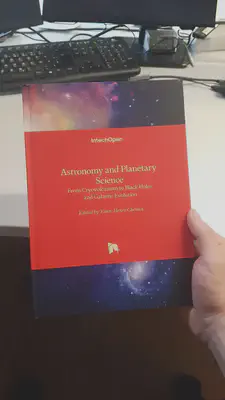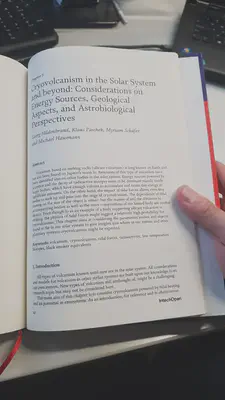Cryovolcanism in the Solar System and Beyond: Considerations on Energy Sources, Geological Aspects, and Astrobiological Perspectives
 Different types of (cryo-)volcanism on planets and moons - © CC BY 4.0
Different types of (cryo-)volcanism on planets and moons - © CC BY 4.0Abstract
Volcanism based on melting rocks (silicate volcanism) is long known on Earth and has also been found on Jupiter’s moon Io. Remnants of this type of volcanism have been identified also on other bodies in the solar system. Energy sources powered by accretion and the decay of radioactive isotopes seem to be dominant mainly inside larger bodies, which have enough volume to accumulate and retain this energy in significant amounts. On the other hand, the impact of tidal forces allows even tiny bodies to melt up and pass into the stage of cryovolcanism. The dependence of tidal heating on the size of the object is minor, but the masses of and the distances to accompanying bodies as well as the inner compositions of the heated body are central factors. Even though Io as an example of a body supporting silicate volcanism is striking, the physics of tidal forces might suggest a relatively high probability for cryovolcanism. This chapter aims at considering the parameters known and objects found so far in our solar system to give insights into where in our system and other planetary systems cryovolcanism might be expected.


Read more in my corresponding Twitter thread:
It is nice to see something materialize in your own hands!
— Klaus Paschek (@AstroBioKlaus) February 3, 2023
Volcanos 🌋 are awesome, right?
But how about volcanos on other planets and moons? Or even on exoplanets? 🪐🌋🌕
Hooked? Then read more about their potential to make alien worlds habitable (+👇🧵): https://t.co/qPK69jC0ar pic.twitter.com/8EDyNNhf7h